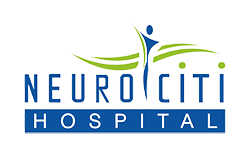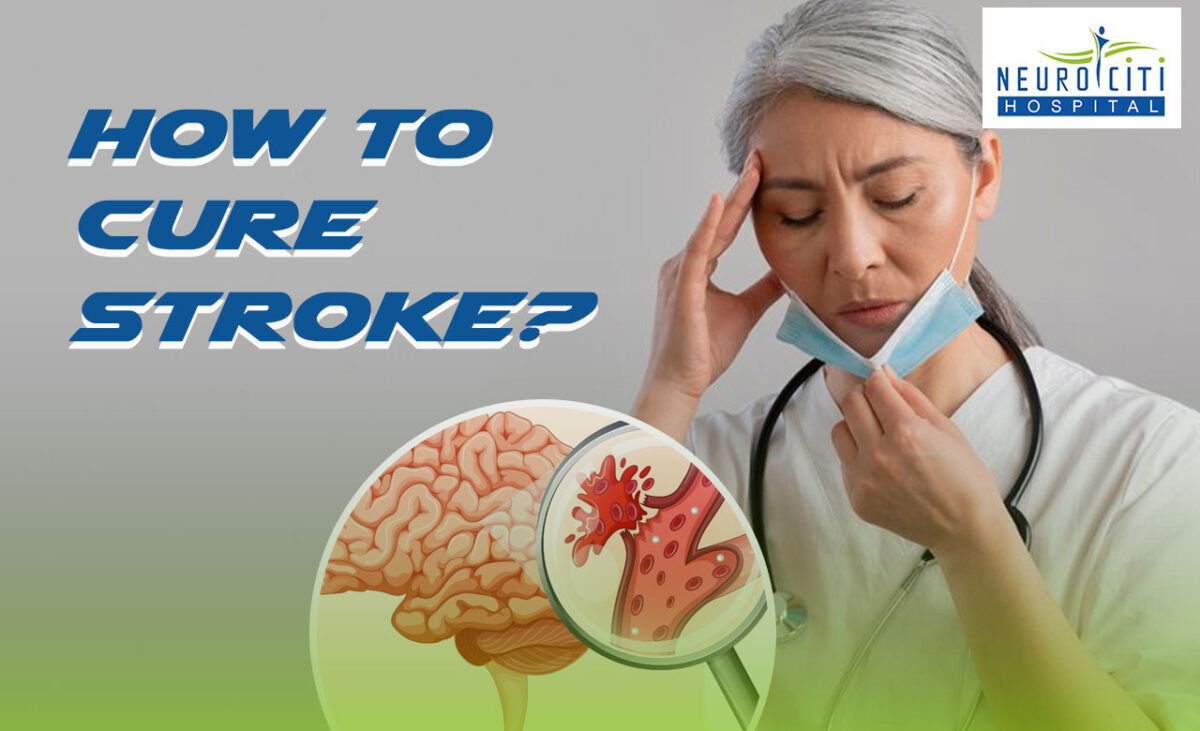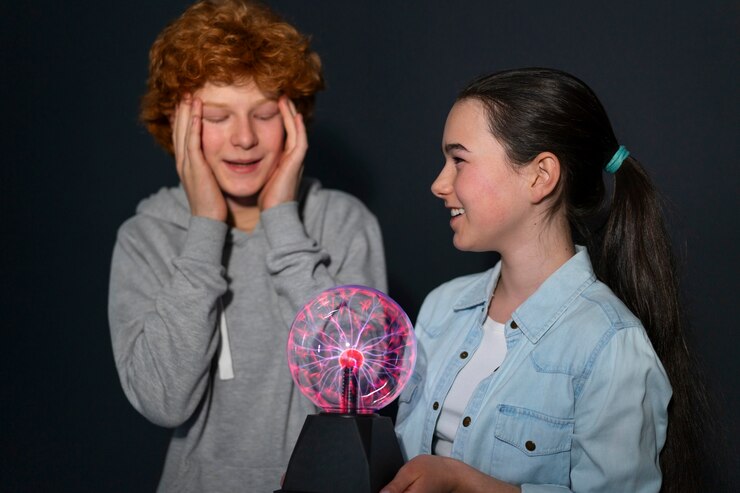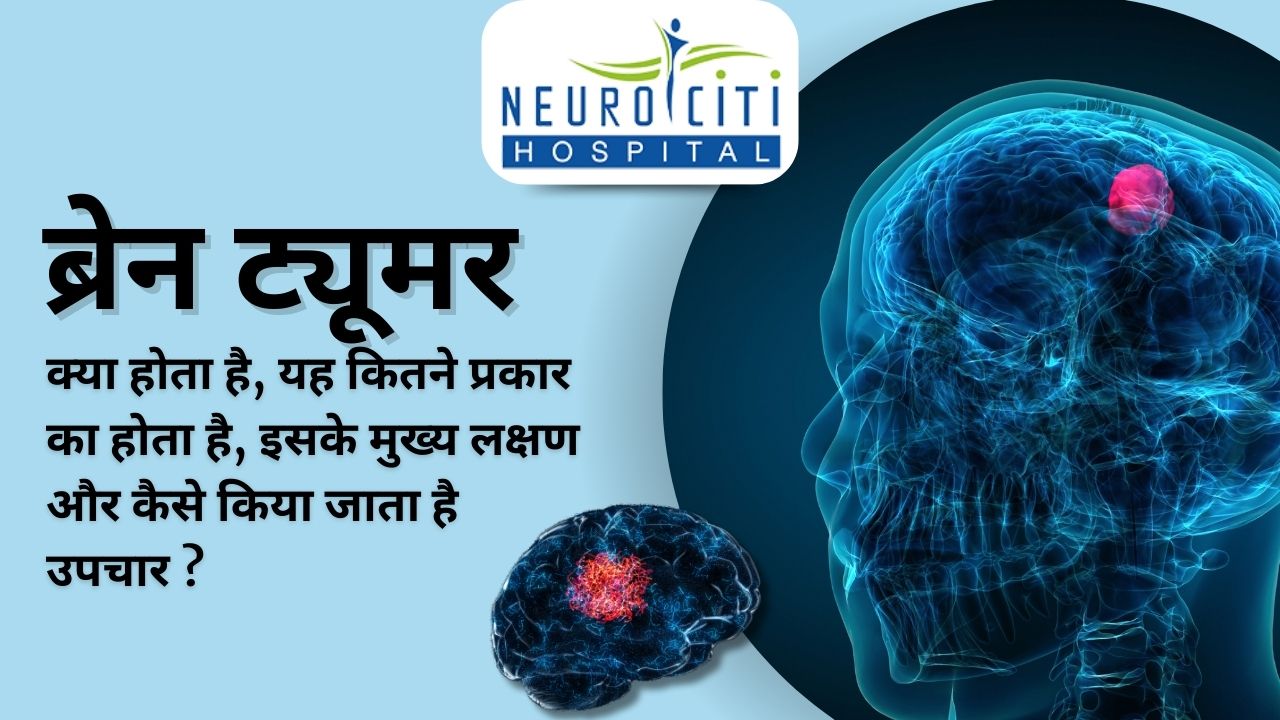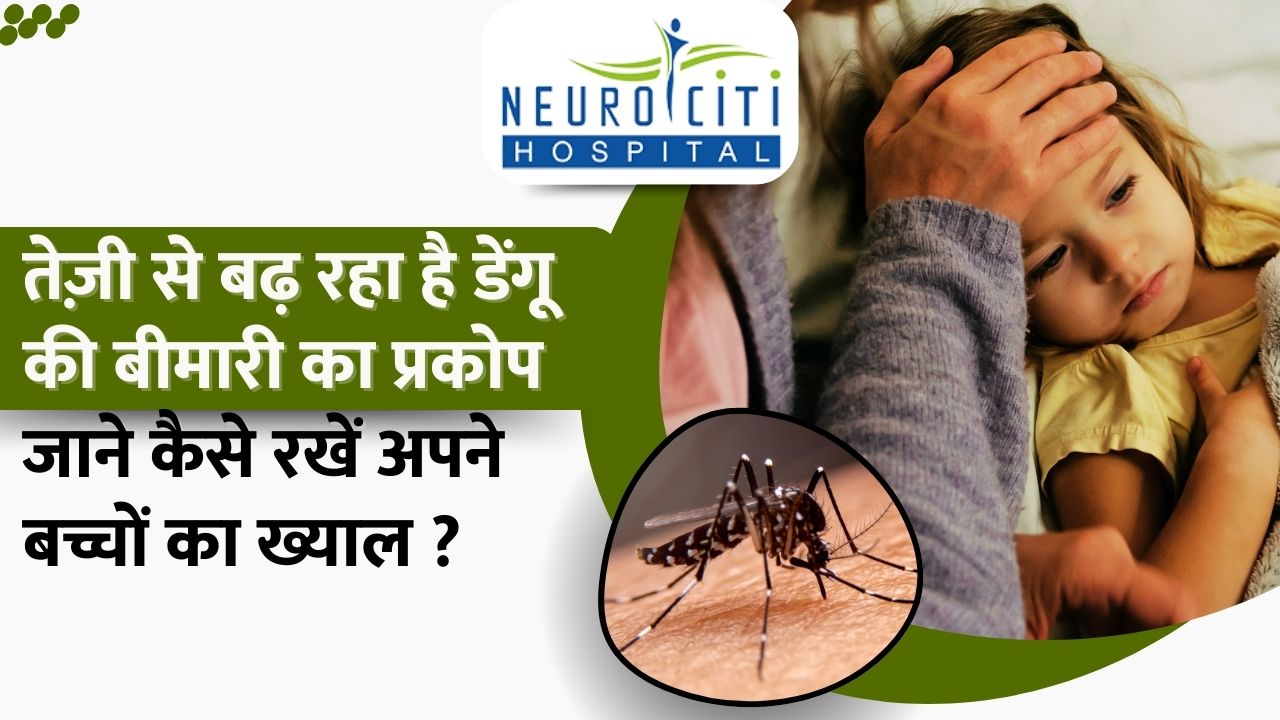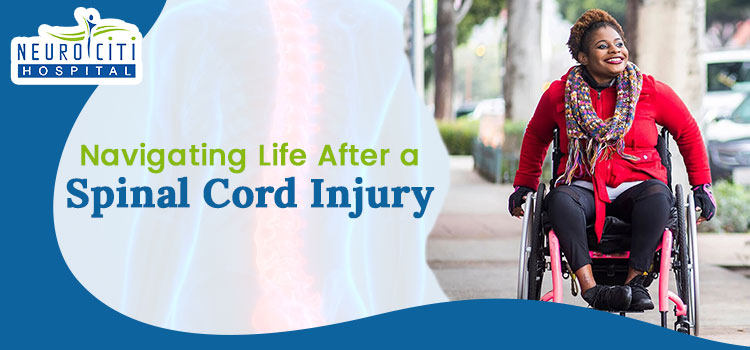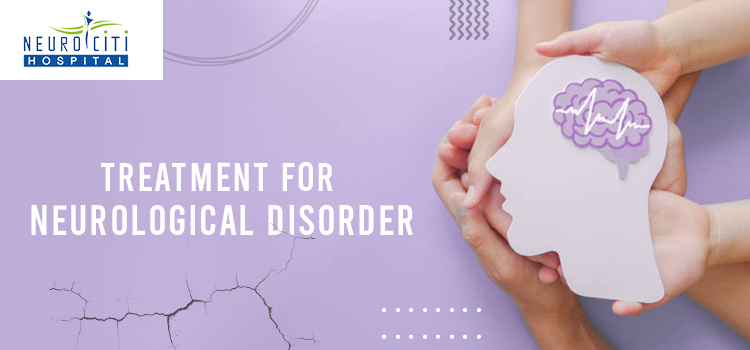Stroke is a condition of the brain’s equivalent to a heart attack. It happens when there is an issue with the blood flow to part of your brain. It can occur when there is any blockage in the blood vessels because of bleeding in your brain. Strokes are a life-threatening emergency that needs immediate medical attention and are critical to prevent permanent damage or death.
How do you define a stroke?
When there is insufficient blood supply to a portion of the brain, a stroke can occur, which is potentially fatal. Brain hemorrhage or a blocked artery are the most common causes of this. The brain cells in that region begin to die from a lack of oxygen when there is no consistent blood supply. There are different types of stroke. The best Neurologist in Punjab offers you appropriate treatment for the stroke.
Common types of stroke
- Ischemic stroke: The most prevalent kind of stroke is this one. It occurs when the blood arteries in the brain are blocked or narrowed. Ischemia, or decreased blood flow, results from this. Fatty deposits that accumulate in blood arteries might result in blocked or constricted blood vessels.
- Hemorrhagic stroke: Hemorrhagic stroke occurs when a blood vessel in the brain leaks or ruptures. Bleeding inside the brain, known as a brain hemorrhage, can result from many conditions that affect the blood vessels.
- Transient ischemic attack: A transient ischemic attack is a temporary period of symptoms similar to those of a stroke. A TIA is caused by a temporary decrease in blood supply to part of the brain. A transient ischemic attack is sometimes known as a ministroke.
What are the causes of the stroke?
Different factors are responsible for the
- Atherosclerosis.
- Clotting disorders.
- Atrial fibrillation.
- Heart defects.
- Microvascular ischemic disease.
- High blood pressure.
- Brain aneurysms can sometimes lead to hemorrhagic strokes.
- Brain tumors.
- Diseases that weaken or cause unusual changes in blood vessels in your brain, such as moyamoya disease.
Symptoms of stroke.
The symptoms of stroke can involve one or more of the following:
- One-sided weakness or paralysis.
- Aphasia.
- Slurred or garbled speaking.
- Loss of muscle control on one side of your face.
- Blurred or double vision.
- Loss of coordination.
- Dizziness or vertigo.
- Nausea and vomiting.
- Neck stiffness.
- Emotional instability and personality changes.
- Confusion or agitation.
- Seizures.
- Memory loss.
- Headaches.
- Passing out or fainting.
- Coma.
What are the treatment plans for stroke?
The treatments for stroke are divided into Acute and long-term care.
Acute treatment:
- Clot-Busting Drugs: If a blood clot is the source of the stroke, intravenous administration of medications
- Mechanical Thrombectomy: In certain situations, an automatic operation may be necessary to remove huge clots.
- Blood Pressure Management: Excessive blood pressure must be controlled to stop additional brain damage after a stroke.
Management and Rehabilitation in the Long Run:
- Medication: Medication to control risk factors such as high blood pressure, high cholesterol, and diabetes is administered, depending on the kind and cause of the stroke.
- Physical therapy: Recovery from a stroke requires rehabilitation. Mobility, coordination, and muscle strength can all be enhanced with physical therapy.
- Psychological Support: People who have survived a stroke may struggle with anxiety, depression, or other emotional issues.
- Surgical Interventions: To treat underlying disorders that raise the risk of stroke, surgical operations are required. One such surgery is a carotid endarterectomy, which removes plaque buildup from the carotid arteries.
Nowadays, neurological problems are widespread because of different reasons. To treat the stroke, contact the best Neurosurgeon in Ludhiana at the Neurociti Hospital.
